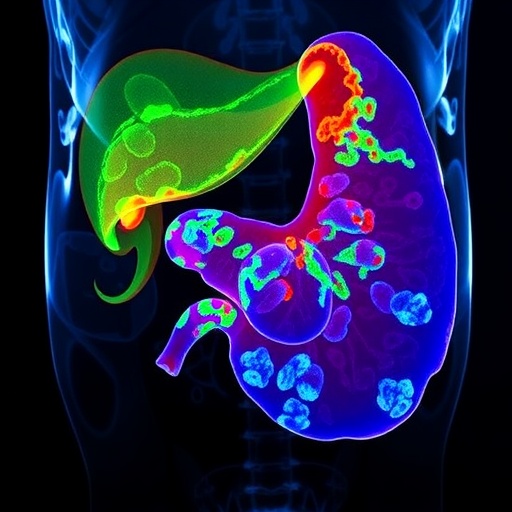Ludwig-Maximilians-Universitaet (LMU) in Munich chemist Oliver Trapp has designed and synthesized a catalyst which flexibly molds the handedness of the reaction products with which it interacts.
Many chemical compounds contain so-called chiral centers to which functional groups can be attached in either of two orientations. This gives rise to two different forms of the product which are mirror images of one another: Their spatial conformations are related to each other in the same way as right and left hands. Moreover, such configurational pairs – generally referred to as enantiomers – may exhibit different properties. For this reason, synthetic chemists are often faced with the problem of ensuring that the final product has the correct enantiomeric form. Oliver Trapp (Professor of Organic Chemistry at LMU since September 2016) and Golo Storch (a member of his previous research group at Heidelberg University, and currently at Yale University) now report the development of a catalyst that dynamically adapts to the stereochemistry of the compounds with which it interacts, and can progressively select for the desired enantiomer. The work is described in a paper which has just appeared in the journal Nature Chemistry.
Their system is based on a pair of molecular backbones that are known to interact with one another with enantiomeric selectivity. One of these serves as the carrier of the desired product while the other is equipped with a metal catalyst and flexible binding sites that recognize the product. The catalyst interacts transiently and repeatedly with the products of its own action, and can swiftly adjust the configuration of its binding sites. "We ourselves were surprised at how rapidly the catalyst adapts," Trapp says. These interactions effectively modify the structure of the catalyst in such a way that its stereoselectivity is enhanced. Once the catalyst has recognized the desired enantiomer, its selective efficiency improves with every further catalytic cycle. The final result of this self-amplifying action is that the end-products all have the same chiral structure.
This dynamic adaptability is of great interest in the context of the drug industry's never-ending search for biologically active compounds. Not only that, it may throw new light on how stereoselective chemical reactions operate in biological systems, where one normally finds only one chiral form of any given compound. "The world in which we live is monochiral," says Trapp. "Researchers have not yet found a convincing explanation for this. But it is conceivable that the functional principle of supermolecular interaction which we have exploited was also crucial for the origin of life."
###
Media Contact
Luise Dirscherl
[email protected]
0049-892-180-3423
http://www.uni-muenchen.de
############
Story Source: Materials provided by Scienmag




